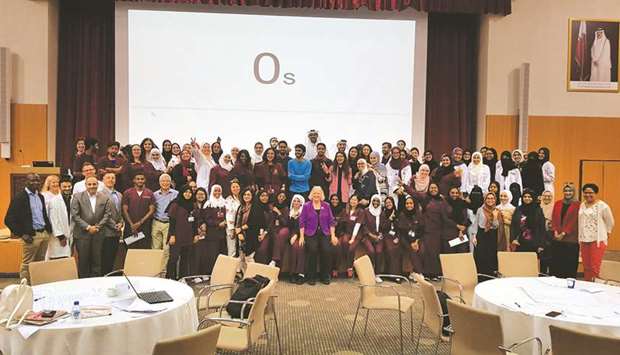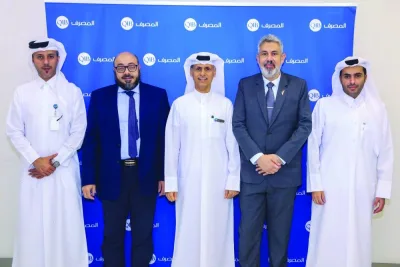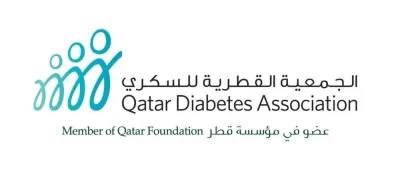The Qatar University (QU) Health Interprofessional Education Committee (Ipec) in Qatar, which consists of representatives from all healthcare schools in Qatar, has organised its second activity, “Interprofessional Education (IPE) Activity on Diabetes”.
IPE aims to develop and facilitate interactions between healthcare students from different institutions, and world-leading training synergies across health care majors, equipping learners with team-based collaborative skills and emphasising interactive learning.The event was attended by 18 facilitators, with 123 students including from QU’s College of Pharmacy (CPH), College of Health Sciences (CHS) and College of Medicine (CMED), alongside peers from University of Calgary in Qatar (UCQ).
The activity tackled four professions: public health, pharmacy, nursing, and medicine.
Teams from four colleges competed against each other and presented their proposed patient-centred care plans for a case study on a hypothetical diabetic patient.
The teams were judged based on their ability to satisfy the IPE competencies, including collaboration, interprofessional communication, patient-centredness, team functioning, and role clarification.
CPH teaching assistant Myriam Jihad El Jaam said: “It is great to see all the different professions working together and learn from each other.
“I hope to continue to be part of the IPE initiatives.”
CMED student Kamel AbouJabal said: “IPE continues to shed light on the (preconception) that members of the healthcare team have about each other and does a fantastic job in breaking that (preconception) at an early stage of our education.”
CHS public health student Montaha Khalid said: “By working in a team with different student health professionals, I learned more about how diabetes can be addressed from different perspectives.”
CPH student Shahd Elamin said: “The event was beneficial in many ways but to me, the interactions between the students were the most remarkable.”
UCQ student Suaad al-Haddad said: “IPE improves our confidence and competency in dealing with patients now and in the future.”



